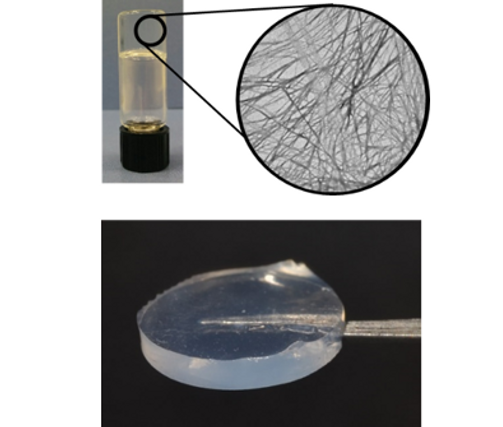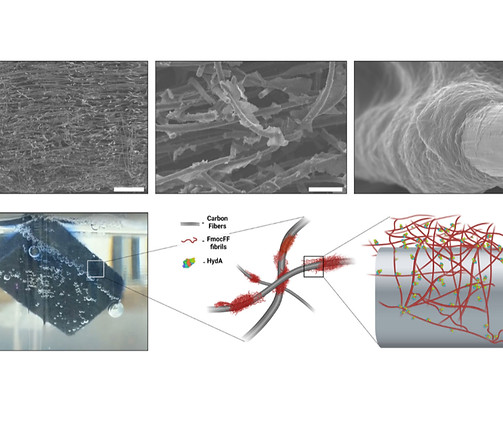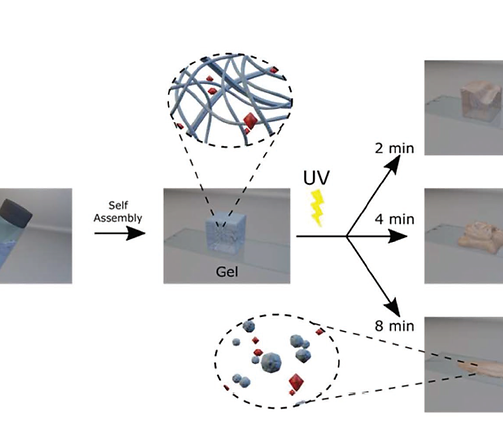Bioinspired materials & nanotechnology
Research the Laboratory of Bioinspired Materials is focused on mimicking self-assembly processes that occur in nature, including biomineralization and the organization of short peptides and amino acids into ordered nanostructures. We are a material science laboratory with an emphasize on organic chemistry and medical-biological applications. The group is developing new organic materials that are used for various applications, such as 3D hydrogels for bone tissue regeneration, which exhibit extraordinary mechanical properties and durability, along with biocompatibility and controlled drug release. A central technique is the formation of hybrid hydrogels, using two or more different building blocks, resulting in a 3D hydrogel with novel and diverse properties that can be easily fine-tuned. In addition, the laboratory is interested in antimicrobial activity of nanostructures for coatings and incorporation into composite materials for dental medicine application.













